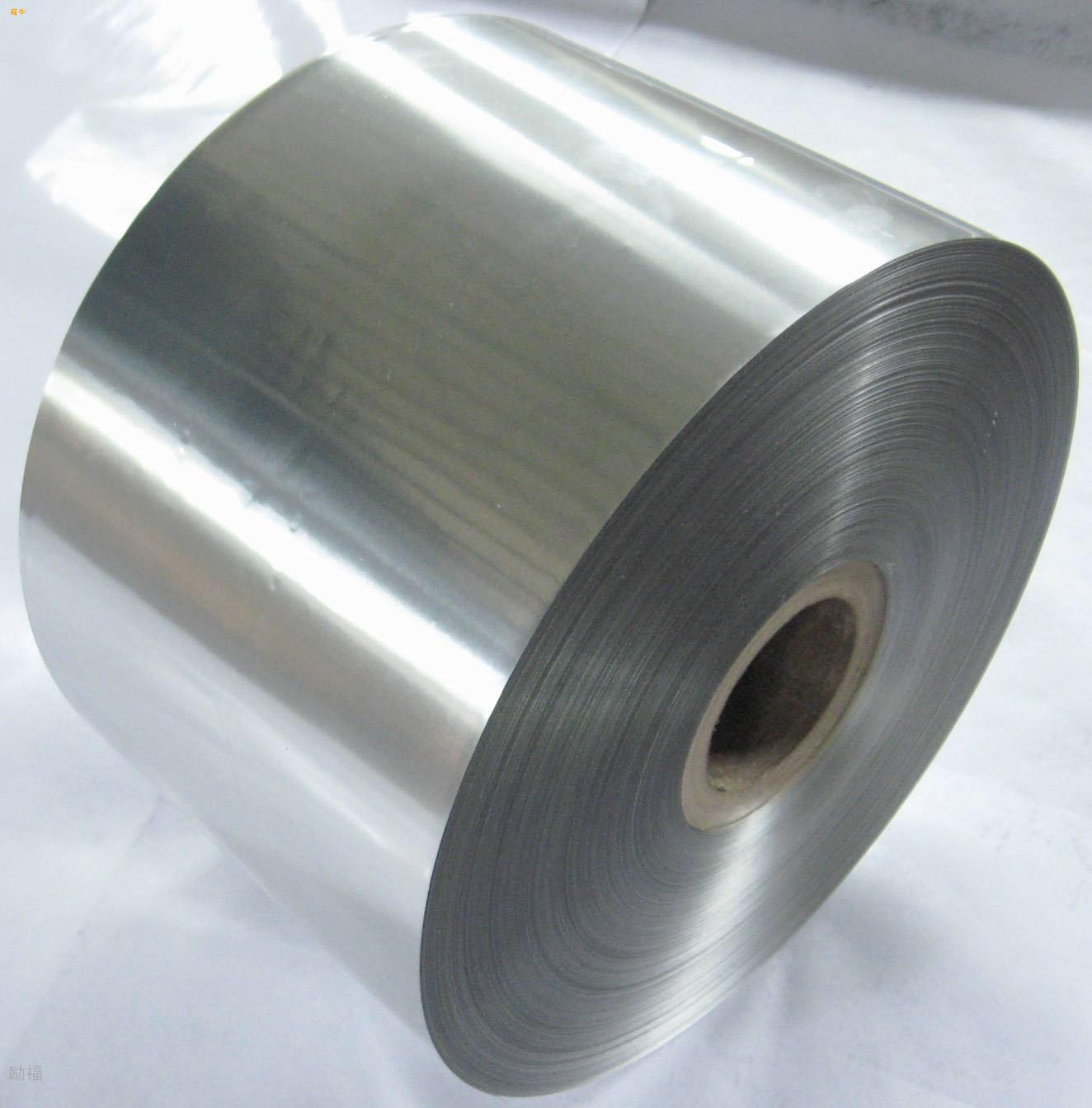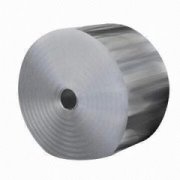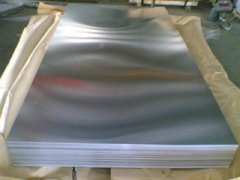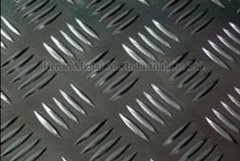The Process of Aluminum Anodizing
There are many methods of aluminum and its alloys anodization, here introduces common sulfuric acid anodizing. There are other chromic anodic oxidation anodizing, oxalic acid anodizing, hard anodizing, ceramic anodizing aluminum and its alloys.
Sulfuric acid anodizing: in sulfuric acid electrolyte through a DC or AC of anodized aluminum and its alloys. Obtained 5 ~ 20μm? The process is simple; the solution is stable, easy to operate.
(1) The impact of the mass concentration of sulfuric acid: sulfuric acid concentration of high quality chemical dissolution rate of the film is accelerated, and the resulting thin film of soft, multi-gap, strong adsorption, good dyeing properties; reduce the concentration of sulfuric acid, the oxidation film growth faster, and lower porosity, high hardness, wear resistance and good reflection.
(2) The effects of temperature: the temperature of the electrolyte significant impact on the quality of the oxide film, when the temperature is 10 ~ 20 ° C, the oxide film generated porous adsorption performance, and flexible, suitable for staining, but the film low hardness, poor wear resistance. If the temperature is above 20 ° C ?, the oxide film becomes loose and low hardness. The thickness of the temperature is below 10 ° C ?, oxide film increases, high hardness, wear resistance, but lower porosity. Therefore, we must strictly control the production temperature of the electrolyte.
(3) Current density effects: increasing the current density of the coating growth accelerated oxidation time is shortened, reducing the amount of dissolved chemical film, the film hard, good wear resistance. However, the current density is too high, it will affect the Joule heat due, and so the dissolution of the film increases, resulting in the growth rate of the film decreased. Current density is too low, a longer oxidation time; make the film loose, lower hardness.
(4) Time: anodic oxidation time may be determined based on concentration, temperature, current density and the desired thickness of the electrolyte. Under the same conditions, with time, the thickness of the oxide film increases, an increase in the void. But after reaching a certain thickness, the growth rate will slow down to the last not increase.
(5) For the impact of: mixing a solution can induce convection, the temperature uniformity, will not cause local warming caused due to the quality of the metal oxide film is reduced.
(6) Effect of alloy composition: Impact aluminum alloy composition on the film quality, thickness and color has a very important; in general aluminum other elements decrease the quality of the film. For Al-Mg alloy, when the mass fraction of more than 5% of magnesium and alloy structure and is non-homogeneous body, we must adopt appropriate heat treatment alloy homogenization, otherwise it will affect the transparency of the oxide film; on the Al-Mg-Si system alloy, with increasing silicon content, colorless, transparent color films made by gray, purple and finally to black, it is difficult to obtain uniform color film;? For Al-Cu-Mg-Mn alloy, copper make the film decrease in hardness, porosity increases, the film loose quality.



